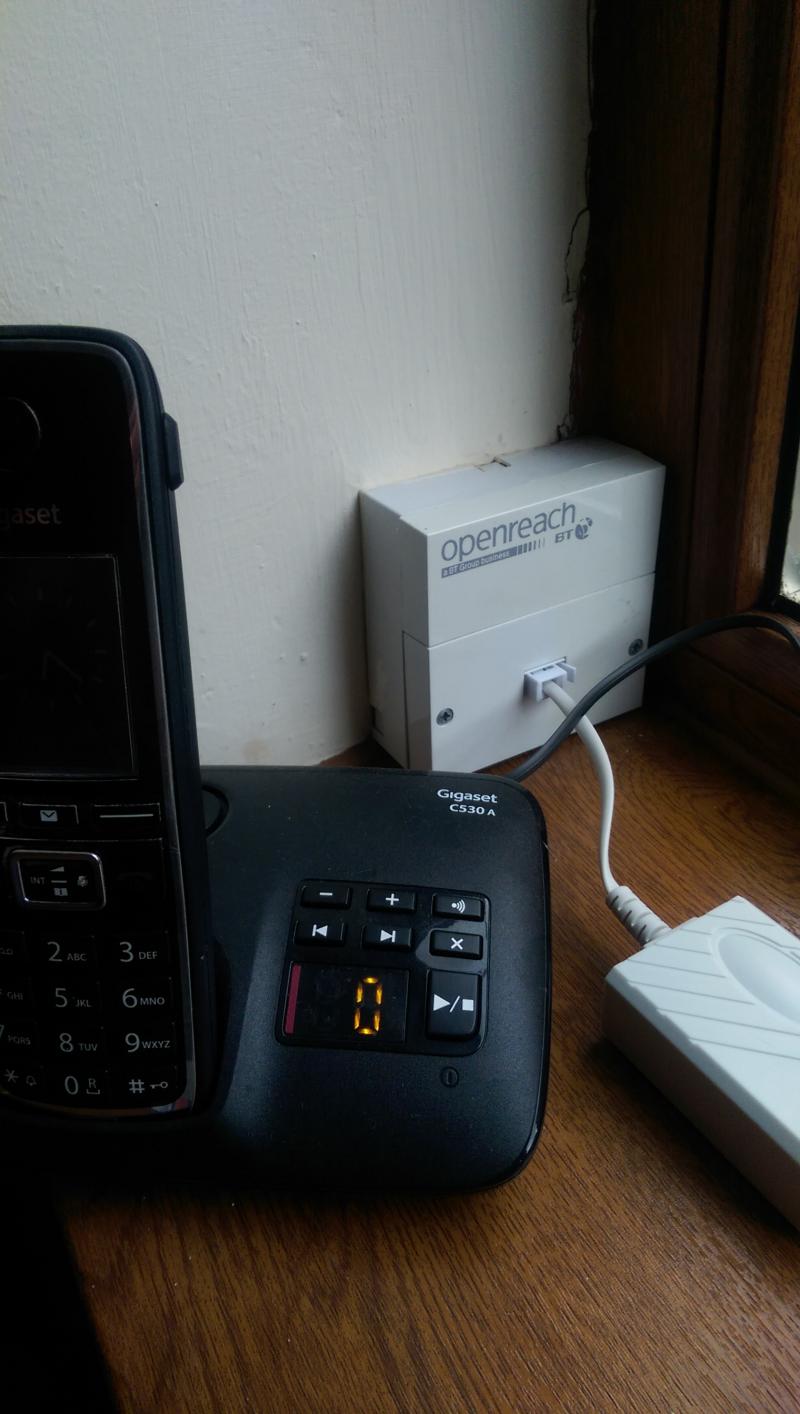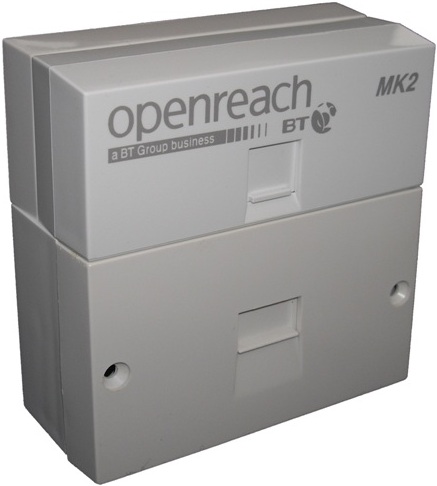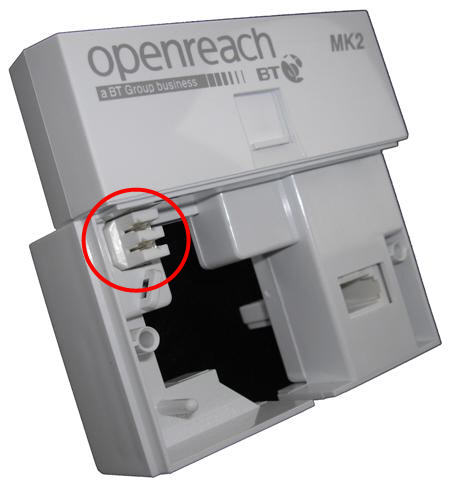Hello all,
recently gone to BT Infinity.
Current set up is
(Master socket - BT Openreach single outlet faceplate) - aftermarket filter into socket, with Siemens Gigaset cordless phone main base unit into the phone port of the filter
(first extension) - aftermarket filter into socket, with cat 5 straight into BT Home Hub.
BT Home Hub then cat 5'd into both PC (1.5 m run), and YouView box (7m away).
Openreach reckon that the incoming line to master socket is fine.
BT reckon that the service is fine, with no problems reported when I have an outage.
Due to wiring faffing, I really do not want to a. move the master socket, or b. move the router to the master, then have to run 2 x cat 5s from master, to their existing destinations.
Would I be better plugging the phone into the first extension filter?
Any help / advice / products appreciated
recently gone to BT Infinity.
Current set up is
(Master socket - BT Openreach single outlet faceplate) - aftermarket filter into socket, with Siemens Gigaset cordless phone main base unit into the phone port of the filter
(first extension) - aftermarket filter into socket, with cat 5 straight into BT Home Hub.
BT Home Hub then cat 5'd into both PC (1.5 m run), and YouView box (7m away).
Openreach reckon that the incoming line to master socket is fine.
BT reckon that the service is fine, with no problems reported when I have an outage.
Due to wiring faffing, I really do not want to a. move the master socket, or b. move the router to the master, then have to run 2 x cat 5s from master, to their existing destinations.
Would I be better plugging the phone into the first extension filter?
Any help / advice / products appreciated






